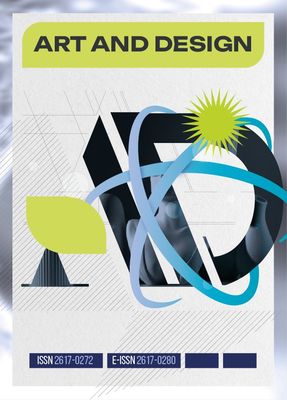Research on casual shoe pattern design based on shape grammar
DOI:
https://doi.org/10.30857/2617-0272.2025.2.2Keywords:
Zhujiajiao bridge cultural elements, traditional pattern integration, cultural inheritance, Chinese culture, modern footwear, fashion, graphic designAbstract
This research investigated the integration of cultural elements from the Zhujiajiao bridges in Shanghai into casual shoe pattern design, employing shape grammar and the fuzzy evaluation method. The study focused on four iconic bridges – Release, Huimin, Chenghuangmiao, and Yong’an – extracting and redesigning their distinctive patterns to create a collection of decorative elements. These patterns were enhanced by a colour scheme inspired by the Jiangnan water town landscape. The research process comprised three steps: extracting bridge elements using design software, redesigning these elements based on shape grammar rules to generate pattern collections, and evaluating the patterns and colours using a fuzzy evaluation method with input from teachers and students. Shape grammar, defined as SG = (S, L, R, I), was utilised to evolve initial bridge elements through various rules, resulting in three pattern sets (SG1, SG2, and SG3). The colour scheme, characterised by neutral tones and contrasting hues, was developed by extracting colours from significant buildings in Zhujiajiao. Two colour schemes (C1and C2) were created and matched with the pattern sets. Using the fuzzy evaluation method, these combinations were evaluated according to criteria such as usability, design characteristics and template attractiveness. The results revealed that the combination of patterns SG1 and SG 3 with colour scheme C2 was the most preferred. These redesigned patterns and colours were successfully applied to casual shoe designs, resulting in visually appealing and culturally significant footwear. The study demonstrated the practicality of shape grammar in automating design processes for culturally creative products, enriching casual shoe designs with traditional bridge patterns while fostering appreciation of cultural heritage in contemporary fashion.

